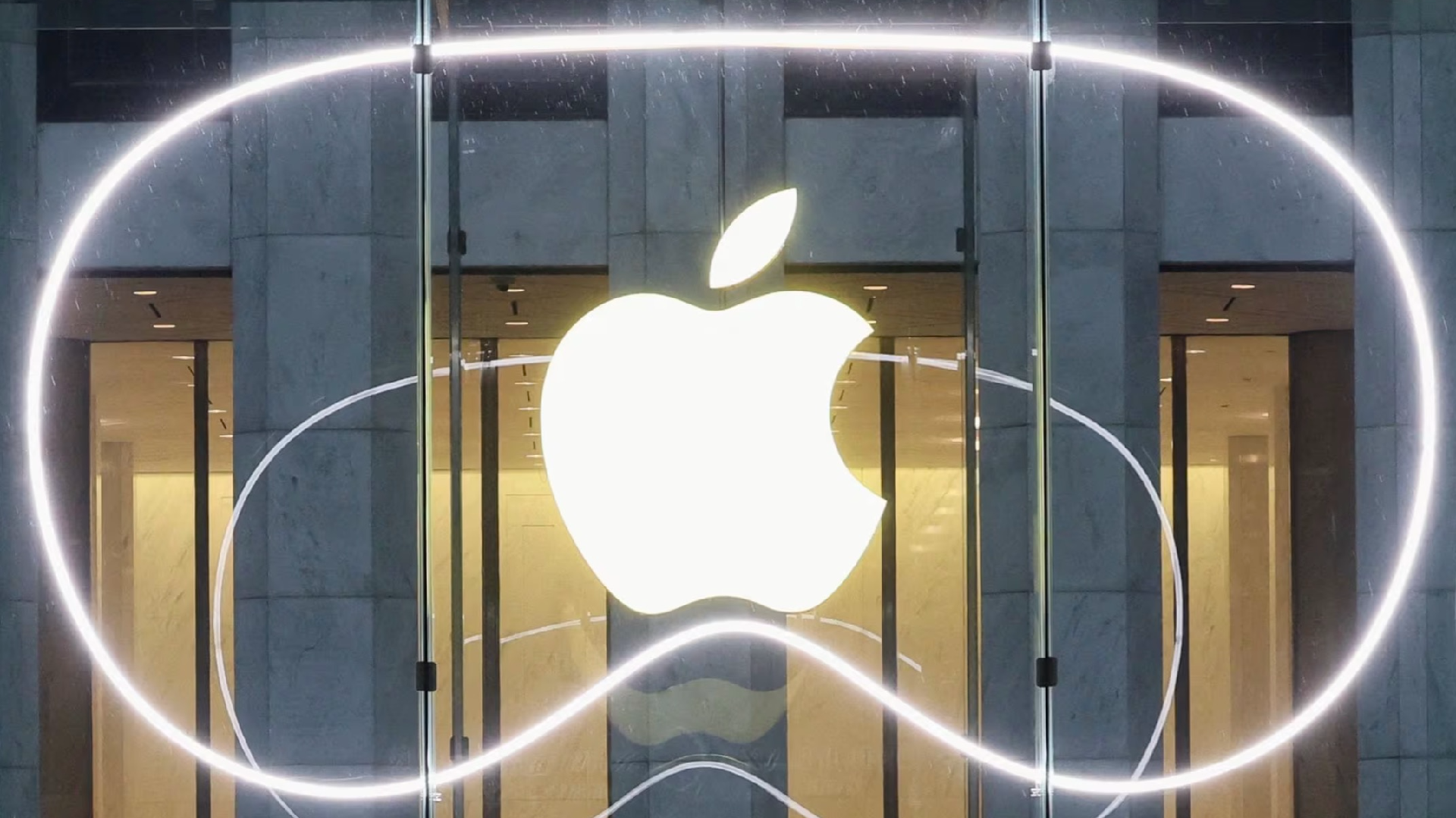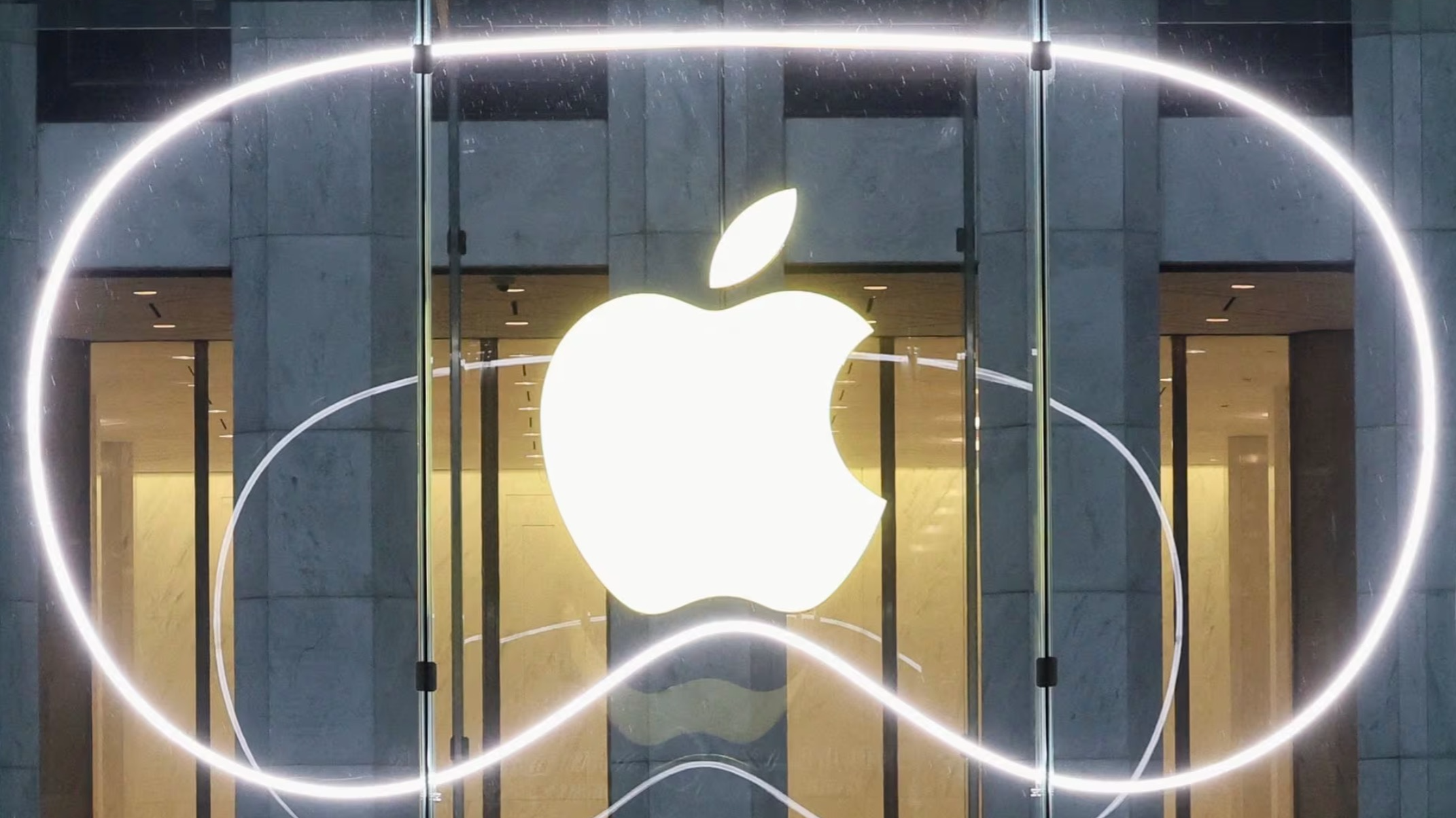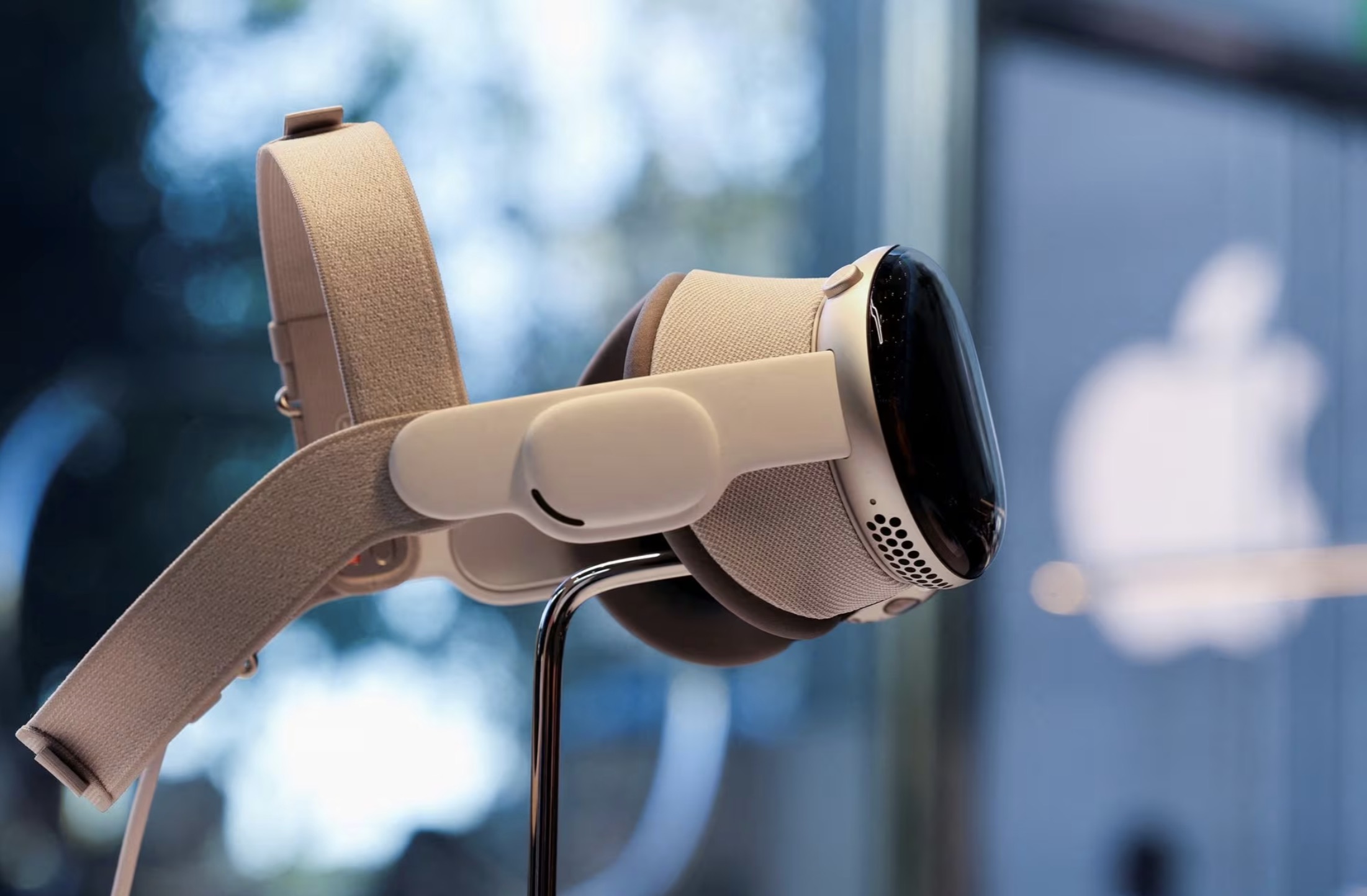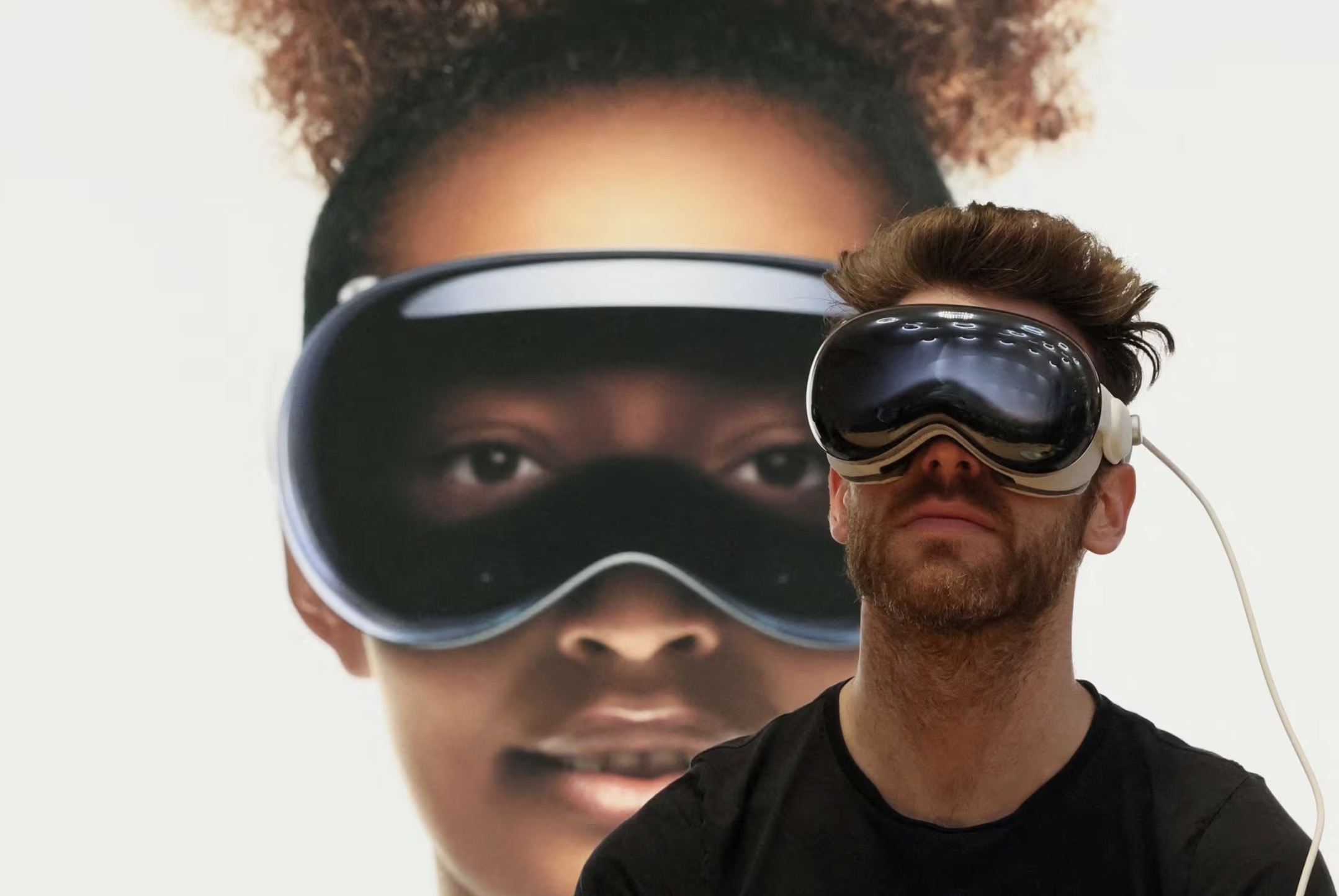Apple's pricey Vision Pro headset is next Mac and TV combination
Apple's Vision Pro could upend how people watch television at home and how they use computers at work, potentially positioning the headset to be a successor to both traditional television and the Mac.


Apple's Vision Pro could upend how people watch television at home and how they use computers at work, potentially positioning the headset to be a successor to both traditional television and the Mac.
The $3,500 headset, which blends three-dimensional digital content with a view of the outside world, landed in the company's physical U.S. stores on Friday. Apple has already sold roughly 200,000 units of the Vision Pro, MacRumours reported.
The pricey device comes with custom computing chips and difficult-to-manufacture displays that rivals lack. Analysts who have tried the headset say these features could make the device a threat to almost every large two-dimensional screen at home or work.

It enters a market crowded with lower-cost rivals from Meta Platforms, HTC and others that have mostly been confined to the video game market and failed to find a mass audience. In a note to investors, Bernstein analyst Toni Sacconaghi said Apple has told its supply chain to expect to build only one million units.
However, the high price presents less of a barrier to business purchasers. Jay Wright, chief executive of Campfire, a startup that makes software for using headsets to collaborate remotely on three-dimensional files such as engine designs, noted that the original Mac computer in 1984 cost the equivalent of nearly $7,500 today. But small businesses flocked to the Mac for its ability to create and print documents and brochures.
"It's important to recognize this is not a consumer accessory device, like Apple Watch. This is a whole new computing platform," Wright said. "I'm of the opinion that this is more like what comes after the Mac than what comes after the iPhone."

Walt Disney has quietly worked with Apple for years on an app for the Vision Pro's launch, the latest in a history of collaboration between the two companies.
"When we saw this, it became evident it was a new canvas for how we can tell stories in a way that hasn't been done before," said Aaron LaBerge, chief technology officer of Disney Entertainment. "And so it became pretty obvious that we wanted to do something here just as a way to stretch ourselves."
The Disney+ app envelops movie viewers in one of four environments, so they can watch "Star Wars: The Force Awakens," from the seat of a fictional X-34 landspeeder craft on the planet of Tatooine, like a futuristic drive-in movie theater, or catch "Avengers: Endgame" from inside Avengers Tower in midtown Manhattan. Viewers can also watch 42 Disney films in 3D, including box office hits "Avatar: The Way of Water," "Black Panther" and "Inside Out."
Jamie Voris, chief technology officer at Walt Disney Studios, said filmmakers such as "The Lion King" director Jon Favreau and James Cameron of "Avatar" are interested in telling stories in new ways. Disney will soon introduce an experience it teased in a clip screened at Apple's Worldwide Developer Conference last June, in which consumers interact with its Marvel Studios animated anthology series, "What If?"
However, Apple has had mixed results courting developers. Netflix, one of the most popular consumer video apps, said late Friday it is not making a new app for the Vision Pro, though consumers can watch movies and series on the device's web browser.
YouTube, which could not immediately be reached for comment, said in a Bloomberg report that it is not planning to launch a new app for the device but consumers can instead use the Safari web browser. The music streaming service, Spotify, also has not developed an app for the product's launch, according to a person familiar with the matter.

The device also opens new ways to experience live sporting events or theme park rides, LaBerge said.
"It speaks really well to what we do best, which is bring our characters and stories into the real world and bring you closer to the people that you care about," said Voris.
It's not clear that a mixed-reality device was what late Apple co-founder Steve Jobs had in mind when he confided to biographer Walter Isaacson that, in developing a next-generation television, "I finally cracked it." But to analysts like Ben Bajarin of Creative Strategies, the Vision Pro seemed like it fulfilled that long-ago promise.
"I don't know if this is what Jobs meant when he said 'I cracked TV,'" said Bajarin. "But the platform element is what makes it more interesting than if they launched a TV. It can be productivity. It can be social... It could become a much bigger deal and a much bigger opportunity than if it were just a TV."
(With input from Reuters)
Discover more Science and Technology news updates in TROIB Sci-Tech












